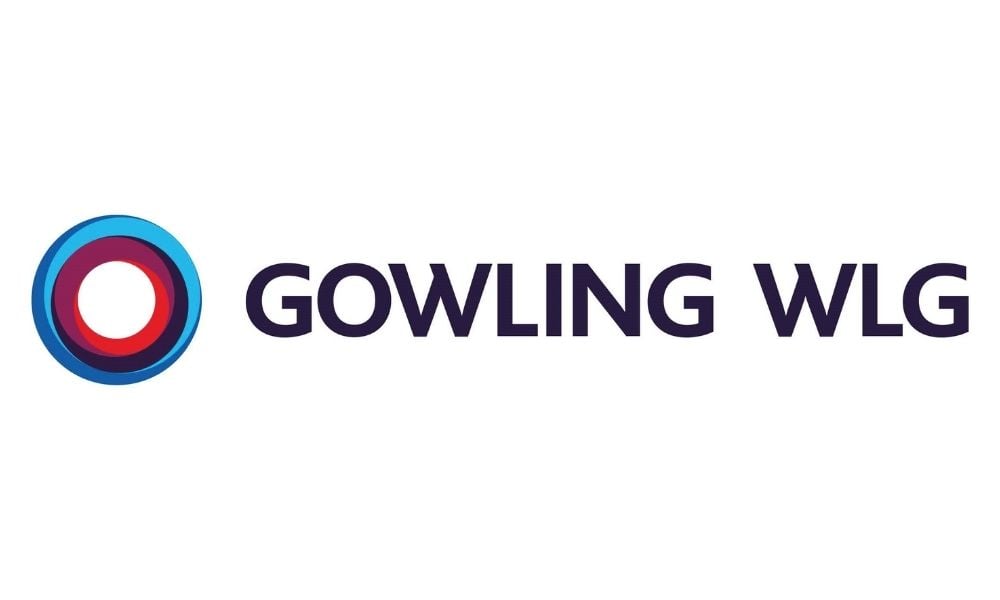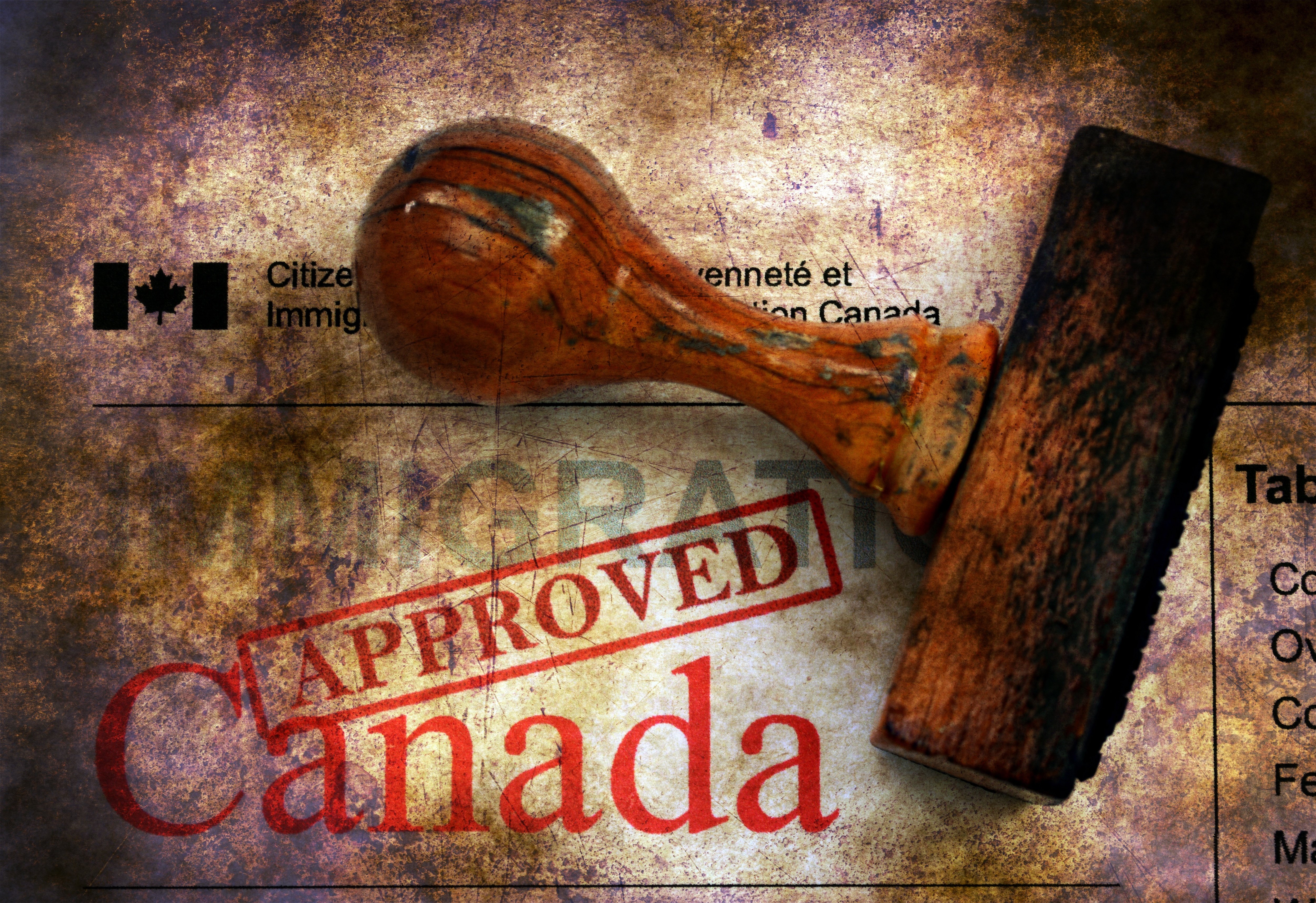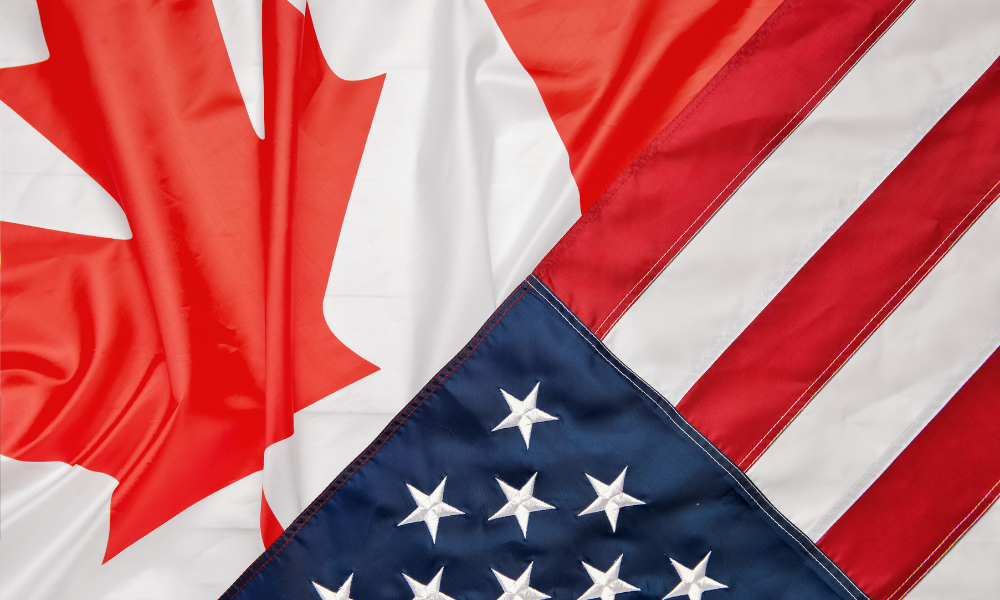It is popular – and indeed, almost expected – for businesses of all sizes and in all sectors to promote their environmentally-friendly credentials. Eco-advertising and green marketing campaigns are now commonplace, but the commitments that companies make in them can prove to be a double-edge sword if not properly expressed or executed. We asked René Bissonnette, a partner at Gowling WLG specializing in advertising and marketing law, to give us his insights into eco-advertising, the use of influencer marketing strategies to promote environmental pledges, and the dangers of getting it wrong.
The Keys to Environmental Pledges: Truth, Time, and Tailored to Your Business
Be specific. Be verifiable. Be committed. Be conservative.
Many Canadians are quite concerned about the environment and climate change. It is very likely that environmental representations could influence a consumer’s decision to buy a product or service and therefore deemed “material representations” subject to consumer protection legislation. As such, it is vital to ensure environmental pledges are not false or misleading. To this effect, environmental claims should not be vague or overbroad; they must be specific and verifiable. There has been a recent shift such that environmental claims will be increasingly classified as a type of performance claim going forward. It is therefore important that they are based on adequate and proper testing in accordance with Competition Act requirements.
Learn more about the different laws on climate change in Canada with this article.
An important challenge with environmental pledges is their temporal scope. They often extend over several years and are premised on variables that are likely to change over time (including applicable regulations, supply chain constraints, the availability of municipal programs and facilities, etc.). Therefore, it is important to adequately qualify an environmental pledge (in particular, a long-term pledge) to account for this variability. Equally, it is important to develop and implement a credible plan to anticipate, monitor and overcome challenges that might threaten your ability to comply with your pledge. Finally, it is important to integrate your plan into your supply chain. To do so, supplier agreements need to clearly outline your respective suppliers’ obligations in connection with your environmental claims but also need to make it clear that compliance is being relied on to support environmental claims (such that non-compliance will trigger indemnification obligations that cover regulatory enforcement and private actions).
Committing to a certification program can help organizations in developing a pledge and a plan to succeed in achieving it. Further, certification marks often add credibility to an environmental claim and to its specificity (i.e., the certification standard delineates the scope of the claim). However, they will not necessarily eliminate all risks. Again, to reiterate – the keys to success are: Be specific. Be verifiable. Be committed. Be conservative.
Greenwashing can lead to Blacklisting
Greenwashing is a term used to label false or misleading environmental claims, notably by portraying a product or service as having more environmental benefits than it truly has. Greenwashing is sometimes obvious; for example, a “100% biodegradable” statement that is not true. It is often more subtle; for example, calling a product “eco-friendly” when it is merely recyclable. Companies want to tout that they are an environmental ally, but they cannot over-promise and under-deliver. To make broad environmental claims without equally broad underpinnings is the essence of greenwashing.
Environmental claims continue to be an area of active enforcement for the Competition Bureau (and it is important to note that many NGOs also actively monitor this space), which can mean millions of dollars in fines, legal fees and the cost of correction notices and labelling updates, among other penalties. With that said, in my view the more costly adverse consequence is damage to your reputation and credibility. That is to say, consumer goodwill is an invaluable asset that is fostered over time and is likely to be irreparably damaged if it is alleged that you lied to members of the public to the detriment of the environment.
The Art of Awareness: How to Highlight a Business’ Environmental Ethos
I recommend employing channels that will provide you with enough space to properly describe your environmental ethos supported by specific and verifiable examples. I think it is also important to seek out agile channels in case you need to elaborate on a certain point, or otherwise provide clarify your claims. Therefore, a company’s website and social channels are good options to consider. With that said, if you engage on social, you need to be prepared to engage in authentic and timely conversations generated by your posts. Further, you will not be able to control the narrative so you need to be aware of the inherent risks associate with social before diving in.
For these same reasons (i.e., the need for space and agility), I recommend against on-label environmental claims. This is particular important considering that the Competition Bureau recently archived the Environmental Claims: A Guide for Industry and Advertisers, which was the go-to resource to determine how to adequately support environmental claims. As a result, there is currently a lot less clarity regarding what is required to support certain environmental claims. Therefore, until there is greater clarity, on-label (and other high sunk cost advertising media) environmental claims involve a higher degree of risk.
Social Media – a Good Influence?
Broadly, the key risk is that you are handing over a degree of control over your brand messaging to a third party (such as influencers) in order to engage their audience. Therefore you need to do your due diligence and ensure the influencer and their audience aligns with your brand identity. It is also a good idea to try to get a sense of their collaborative leanings. There are also several important protections that you can include in an influencer services agreement. Notably, it is recommended to include:
i. an approval right over the influencer’s posts;
ii. a robust morals clause;
iii. a campaign brief (including key messages and content guidelines); and
iv. an edit or takedown right in respect of posts that have already been published.
Influencer posts are effectively subject to the same regulations as advertising disseminated through other channels. The additional consideration is that you need to clearly and prominently disclose the “material connection” that exists between the influencer and the brand. In my view, an important distinction is that you really want to engage the influencer’s audience and they are the expert in that field. Without handing over complete control, it is important to give influencers a voice about how to effectively engage their audience, as this will typically result in more compelling content and meaningful interactions.
Striking the right balance between influencer freedom and brand oversight can be a difficult exercise that I think needs to be built on trust. The influencer-brand relationship is akin to a brand partnership. As with most partnerships, it is preferable to start with simple and relatively tightly prescribed campaigns to start. However, as trust builds over time, you can look to broaden the scope of the influencer’s creative control and move towards more complex activations.
Closing Thoughts
COVID has taught us the importance of flexibility, versatility and contingency planning. Brands that have a plan B and C lined up are able to more effectively deal with the curveballs associated with lockdowns and other restrictions. Most importantly, in-person activities (e.g., production days) should also have a virtual option that can be triggered, if needed. Also, it is important to be clear about vaccination and testing requirements, and outlining the consequences for non-compliance. I think this transparency and accountability ultimately fosters trust that, as noted above, is critical to building an effective influencer-brand partnership.
***
 René Bissonnette is a partner in Gowling WLG’s Toronto office with distinctive expertise in matters at the interface of advertising, marketing and entertainment law. He provides practical advice and cost-effective risk management solutions. Fluent in English and French, René is ranked in Chambers 2022 for Advertising & Marketing, a member of the Ad Standards Council, the co-editor of the Food, NHP & Cosmetic newsletter and a lecturer at Osgoode Hall Law School, Ryerson’s Digital Media Zone and Schulich’s School of Business.
René Bissonnette is a partner in Gowling WLG’s Toronto office with distinctive expertise in matters at the interface of advertising, marketing and entertainment law. He provides practical advice and cost-effective risk management solutions. Fluent in English and French, René is ranked in Chambers 2022 for Advertising & Marketing, a member of the Ad Standards Council, the co-editor of the Food, NHP & Cosmetic newsletter and a lecturer at Osgoode Hall Law School, Ryerson’s Digital Media Zone and Schulich’s School of Business.





